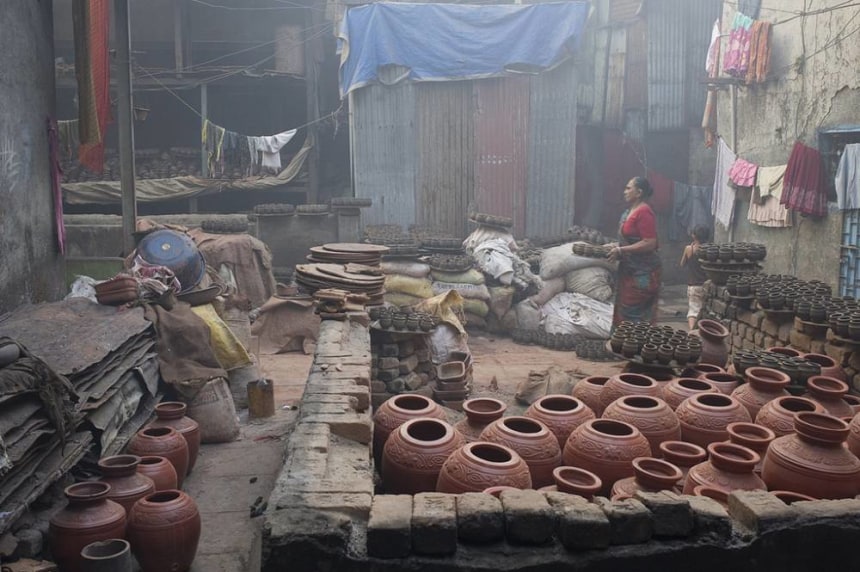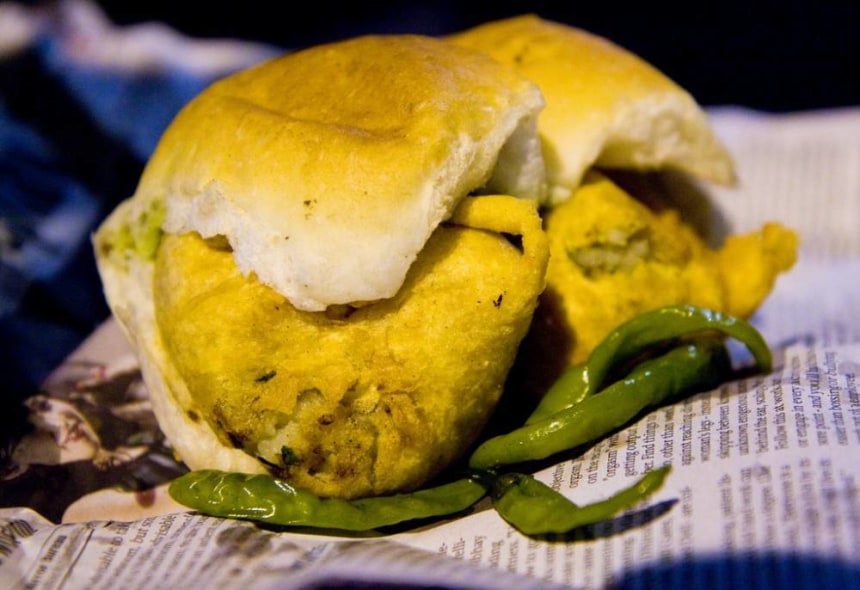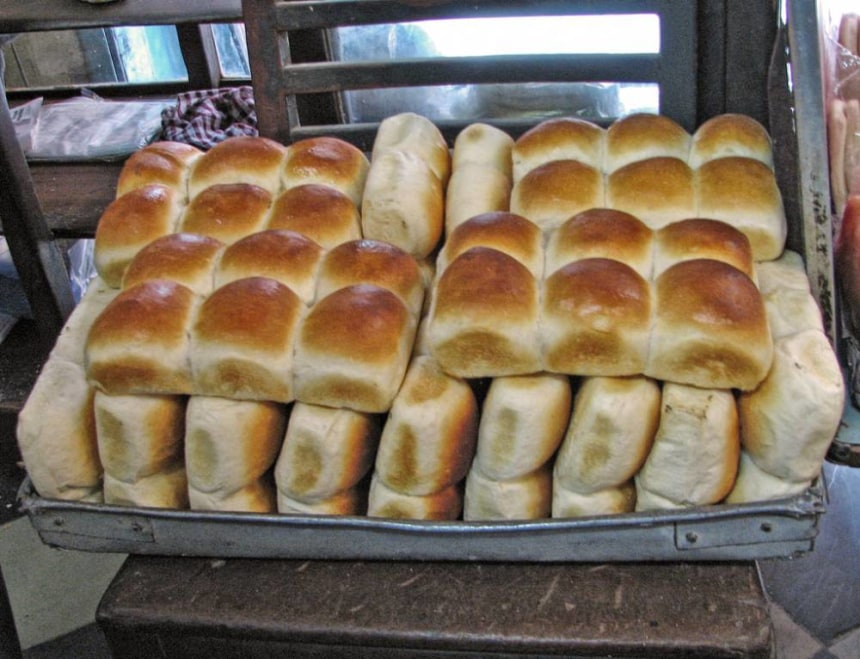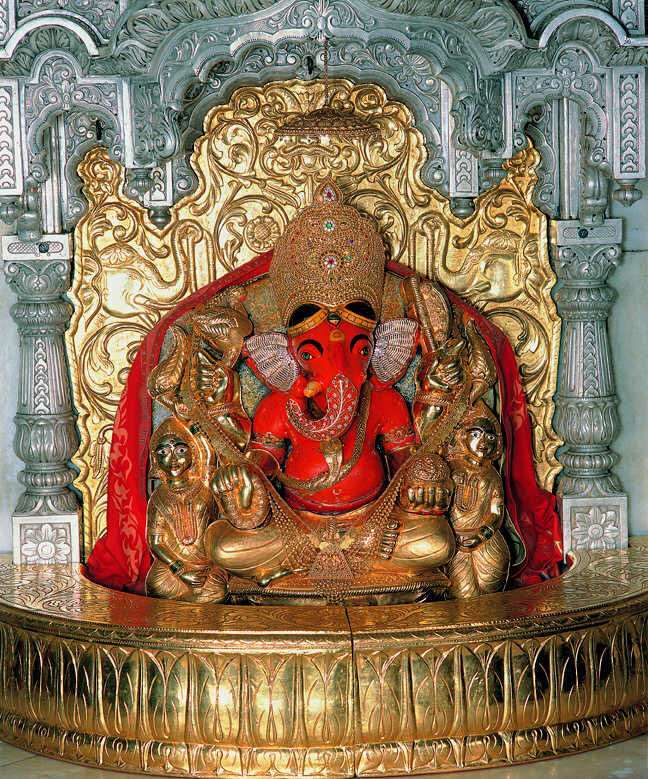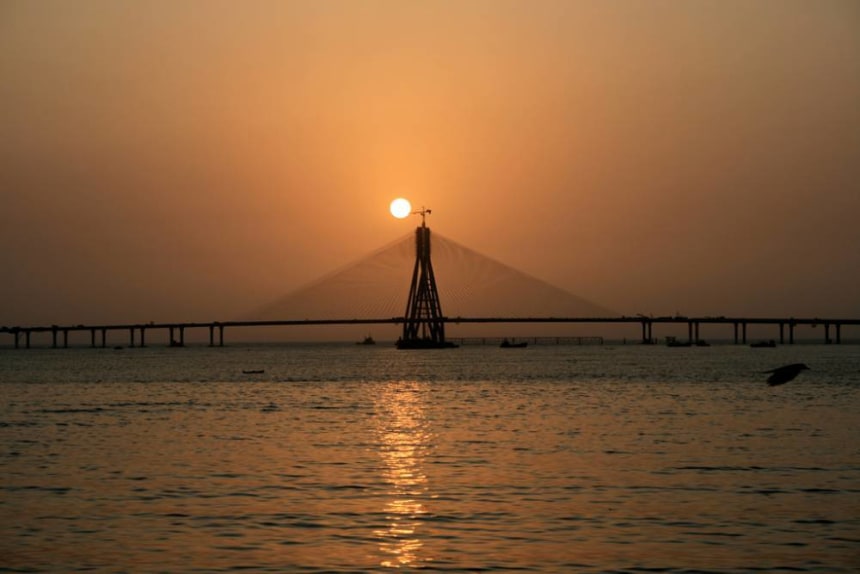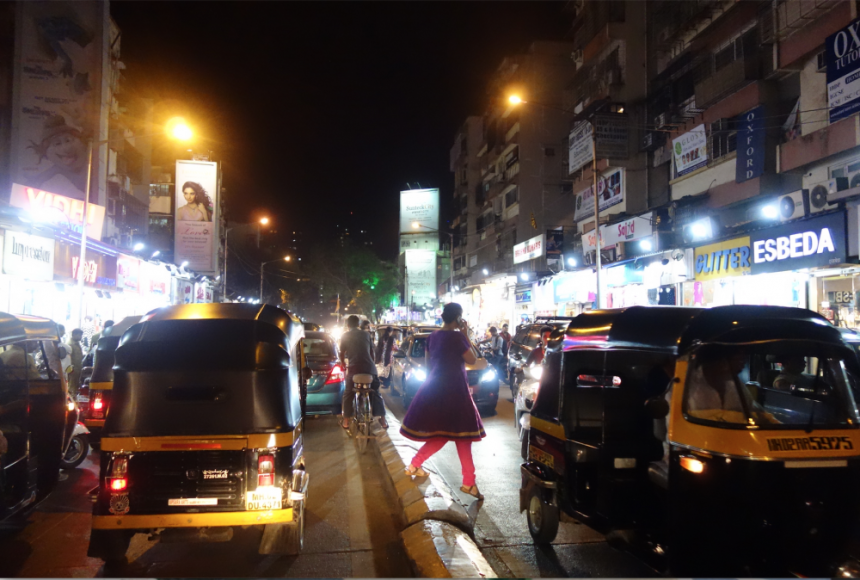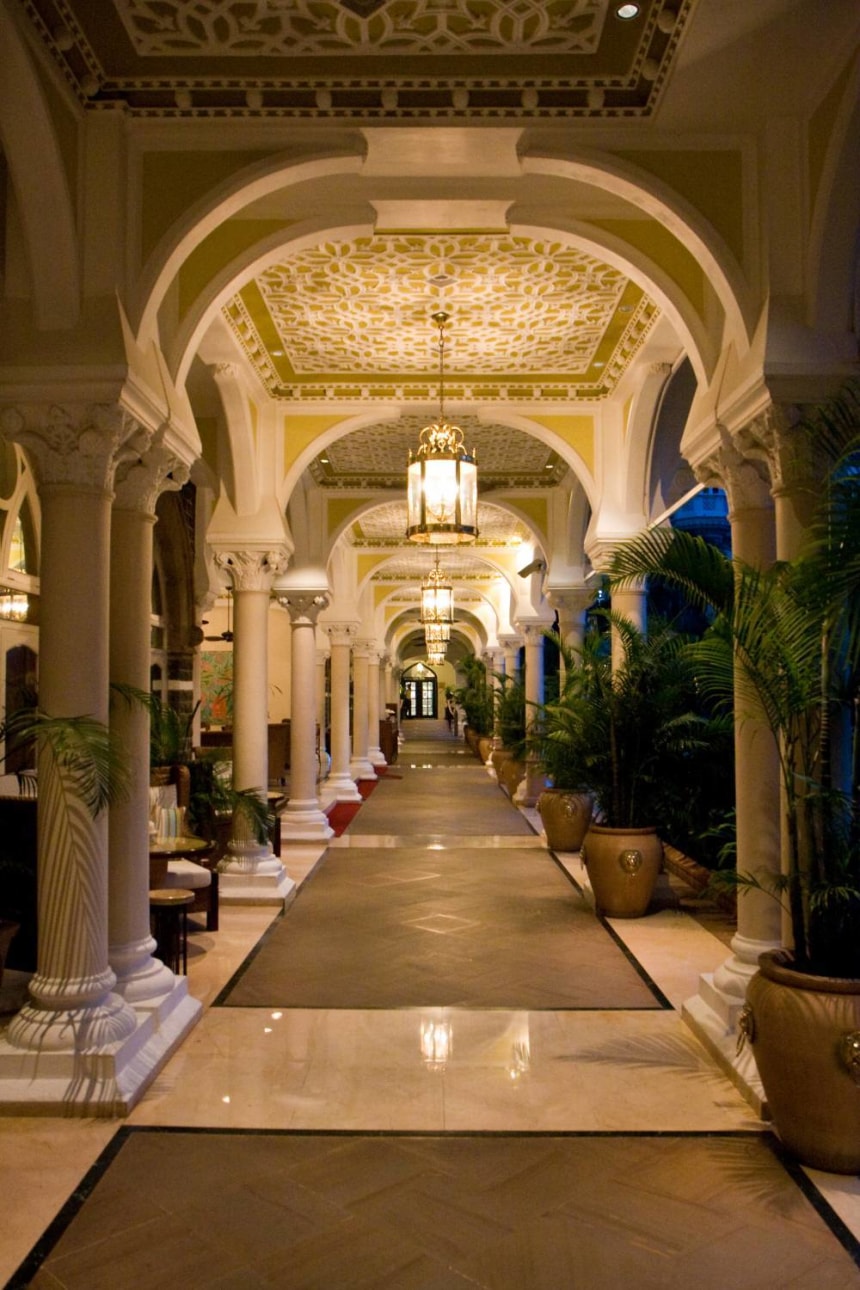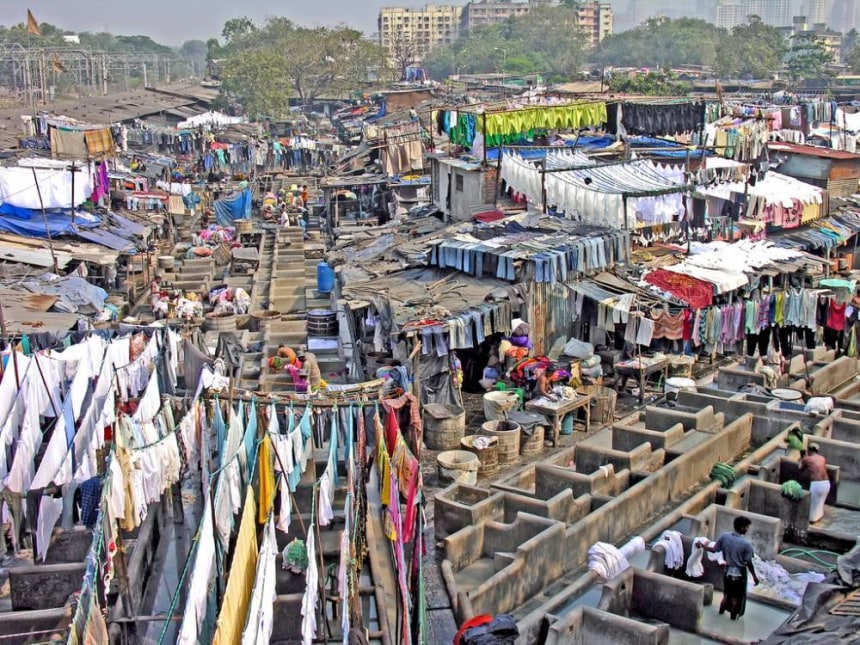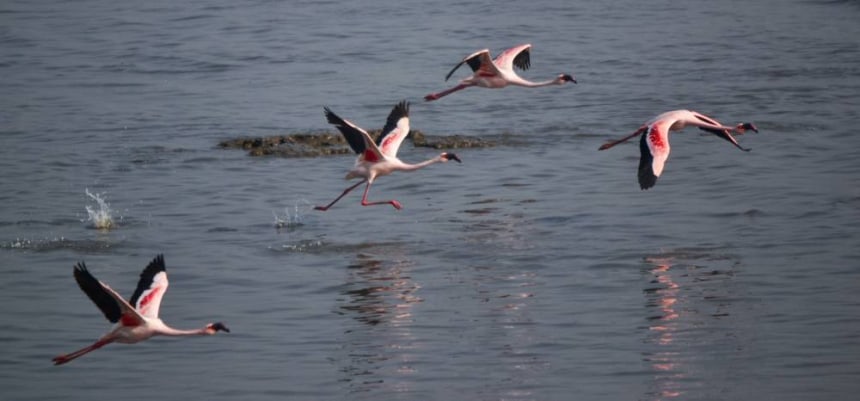| 6 mins read
By Joseph Francis
Overwhelmed by the sights, sounds, smells and ceaseless action of sprawling Mumbai, many travelers often opt to just check off the usual rigmarole of must-sees – the Gateway of India, the Chhatrapati Terminus, the UNESCO-attested Elephanta Caves – and hightail it out of here on one of the country’s trademark express trains. Here is a Mumbai tourism guide with a difference, encouraging an altogether different look at India’s biggest metropolis, delving into the hidden streets of Fort, the much-loved sand-side eateries of Chowpatty and the sprawling shanty towns of Dharavi, all whilst discovering the local eats, off-the-beaten-track sights, curious activities and unexplored attractions the mega city has to offer.
Take a tour through the Dharavi slums
The famous slums of Dharavi are a sprawling dash of tin-shack homes and breezeblock buildings where it’s possible to glimpse the real, raw and earthy side of Mumbai (remember Slumdog Millionaire?). Today, the area is a popular stomping ground for tour groups as Mumbai tour guides help unravel the secrets of this enthralling, folksy district; small industry ticks away down the alleyways, potters and painters work out of their homes and endless aromas of sweet chai, cooking rotis, petrol and other, less-savoury smells all coalesce in the air.
Devour a vada pav at a Chowpatty street stall
Simple and spicy, the city’s local specialty vada pav is a real must for foodies making their way through Mumbai. It can be found being cooked up in countless roadside kitchens and holes-in-the-wall all around the Fort area and Chowpatty Beach, made from crushed potatoes doused in butter and ghee, cumin, chilli powder, turmeric and oodles of chutneys, garnished in fresh tomatoes and served in a bread bap. The dish is something of a throwback to the days of Portuguese influence on this western coast, while the spices belie the presence of the Indian kitchen at every turn.
Sample Mumbai’s Irani delights
In a city as multi-cultural and diverse as 20-million-strong Mumbai, there are a whole range of cuisines and flavours for the traveling foodie to sample. One of the most popular that’s grown up here in this corner of Maharashtra is Irani cuisine, and today the city is dotted with joints like the Yazdani Bakery on Charni Road East, and Kyani & Co in the Jermahal Estate, where famous Persian-influenced dishes like brun maska (crispy buttered pastries from the Middle East) rub shoulders with sweet chai concoctions below jangling chandeliers and faded arabesque portraiture.
Offer prayers at the Siddhi Vinayak Temple
Glimmering in brilliant white and gilded with golden domes in the midst of the well-to-do Prabhadevi neighbourhood, the Siddhi Vinayak Temple is one serious crowd puller of serious believers, all coming in search of blessings from Lord Ganesha. Oft frequented by Bollywood and Hollywood stars, VIP politicians and other luminaries, the temple is one of the richest temple complexes in the entire city; should you make it a point to visit, watch out for the crowds on Tuesdays and on the eve of the city’s most famous festival, Ganesh Chaturthi.
Watch the sunset from Bandra Fort
Perched out on the edge of southern Bandra, where the swells of the Arabian Sea crash into the Bay of Mahim, the erstwhile Castella de Aguada draws crowds of locals to its crumbling bulwarks and stone gateways in the evening, when the sun begins to set over the horizon to the west. The construction is actually a relic of Portuguese rule on India’s western coast from the 17th century, and today many sections of it are considered structurally unsafe. Still, there are regular events held at the on-site amphitheatre and the evening views of the sea are second-to-none!
Take a trip to the Lokhandwala Market
Nestled on the north-western edge of the city of Mumbai, the primarily residential area of Lokhandwala is easy to get to and offers a glimpse at the metropolis’s more local side. Head in and stroll up and down the central drag here, where stacks of multi-coloured saris and knock-off designer wear burst out from the stalls. Unlike the more central marketplaces near Fort and Chowpatty, this one is filled with city dwellers, while the whole area was immortalised by the 2007 hit Bollywood movie Shootout at Lokhandwala – meaning you’ll be walking in the footsteps of stars!
Indulge in high tea at the Sea Lounge, Taj Mahal Palace
Evoke the traditions of the British Raj with a trip to the iconic and beautiful Taj Mahal Palace Hotel, which overlooks the Arabian Sea and the Gateway to India from its prestigious perch on the Apollo Bunder of downtown Mumbai. Elegant, regal and refined in the extreme, the experience guarantees something totally different to the hubbub and hustle that dominates Bombay elsewhere. Expect tasty crepes, dim sum, perfectly baked pastries and of course, a classic breakfast brew to match any in the city!
Visit the record-breaking Dhobi Ghat
A vast and sprawling area that’s awash with the fumes of detergent and soap from morning till night, the Dhobi Ghat is hailed as the world’s largest open-air laundromat. It’s here that many of the linens and fabrics of Mumbai’s many hotels get washed, and visitors can tour the area with a Mumbai tour guide to see row upon row of wash pens and the industrial scale of the drying operations. It’s an eye-opening and truly off-the-beaten-track experience from the get go!
Go bird-spotting and see a ship graveyard at the Sewri Jetty
Amidst clusters of decaying ships and the bones of old industrial tankers, the Sewri Jetty pokes its way out into the waters of Thane Creek to offer travellers an interesting and off-the-beaten-track local spot just a short jaunt away from the downtown of the metropolis. Visitors come here in the winter to witness the curious site of flamingos wallowing on the sand banks as they traverse their migration routes down from Siberia, while the site also offers an interesting glimpse at the industrial wastelands that have been created by modern, mechanised Mumbai.
Joseph ‘Rich’ Francis is a freelance travel writer who has travelled extensively in Asia and Europe. He particularly enjoys the jazz bars of Poland, the ski slopes of Austria and the beaches and cities of India.
Image Details and Licenses: https://flic.kr/p/9aDcRU (M M, CC BY-SA 2.0), https://flic.kr/p/bgn2WK (Garrett Ziegler, CC BY-NC-ND 2.0), https://flic.kr/p/3htnex (Eric Parker, CC BY-NC 2.0), https://flic.kr/p/cCWfbd (shankar s., CC BY 2.0), https://flic.kr/p/698NDg (jubindave, CC BY-SA 2.0), https://flic.kr/p/4qAhFU (Shiv S Tripathi, CC BY 2.0), https://flic.kr/p/zE9VE (soulrider67, CC BY-NC 2.0), https://flic.kr/p/4nJzpM (Dennis Jarvis, CC BY-SA 2.0), https://flic.kr/p/dXBxx8 (Deven Dadbhawala, CC BY-NC-ND 2.0) https://flic.kr/p/bdV8RB (Garrett ZieglerCC BY-NC-ND 2.0) Lokhandwala market (All rights reserved(c) Ravi Vyas)


